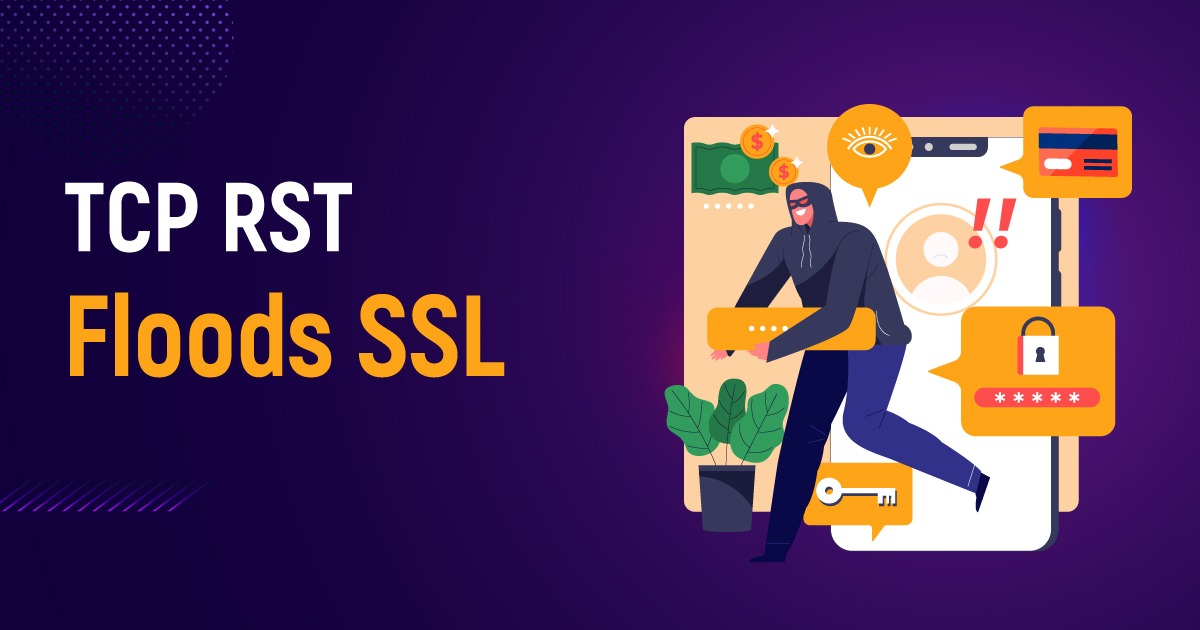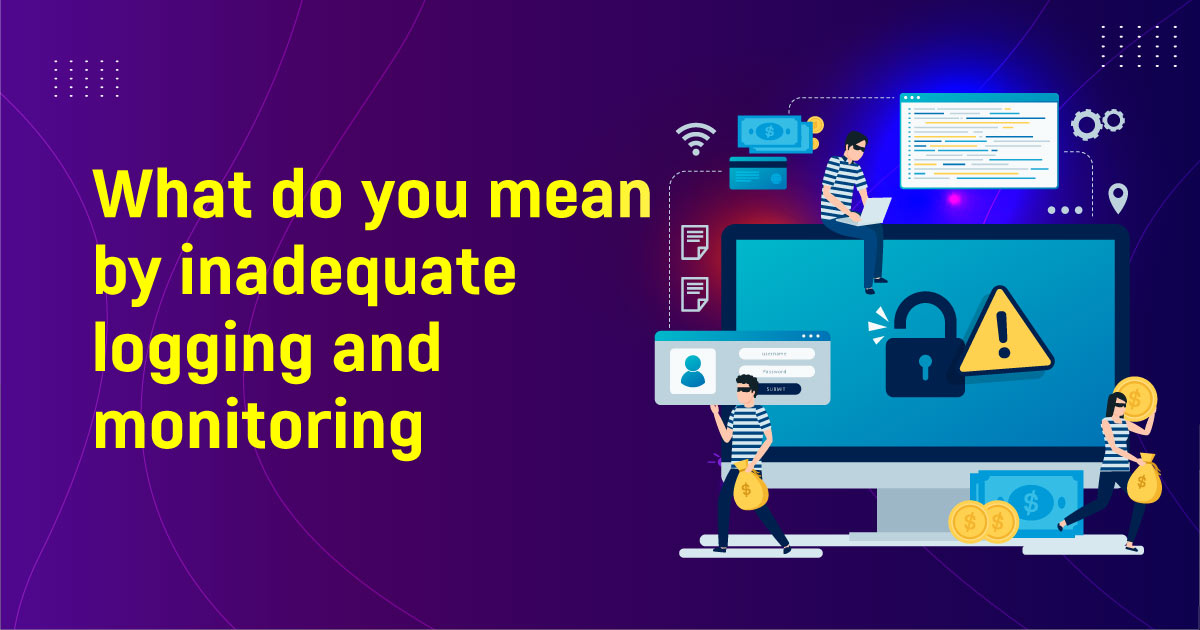TCP RST Floods SSL is a form of Distributed Denial of Service (DDoS) attack that focuses on disrupting secure connections established using the Secure Sockets Layer (SSL) or Transport Layer Security (TLS) protocols. By sending a flood of TCP Reset (RST) packets, the attacker seeks to terminate SSL/TLS connections, causing service interruptions and potential data breaches.
How Does TCP RST Floods SSL Work?
The attacker exploits vulnerabilities in the TCP protocol to send a high volume of forged RST packets to the targeted SSL/TLS server. These RST packets mimic legitimate termination signals, tricking the server into closing active connections. By repeatedly flooding the server with these RST packets, the attacker disrupts secure communication channels and renders the affected service unavailable.
Impacts of TCP RST Floods SSL
Service Disruption and Downtime:
TCP RST Floods SSL attacks can result in significant service disruptions and downtime. By terminating SSL/TLS connections, the attack prevents users from accessing secure services, leading to loss of revenue, damage to reputation, and customer dissatisfaction.
Data Integrity and Confidentiality Risks:
When SSL/TLS connections are abruptly terminated, there is a risk of data loss or corruption. Incomplete transactions or interrupted data transfers can compromise the integrity and confidentiality of sensitive information, potentially leading to data breaches or unauthorized access.
Financial and Operational Consequences:
Organizations affected by TCP RST Floods SSL attacks may suffer financial losses due to disrupted operations, decreased productivity, and recovery costs. The attack’s impact on customer trust and brand reputation can have long-term repercussions on business viability.
Mitigating TCP RST Floods SSL Attacks

Intrusion Detection and Prevention Systems (IDPS):
Implement robust IDPS solutions capable of detecting and blocking TCP RST Floods SSL attacks. These systems monitor network traffic, analyze packet signatures, and apply heuristics to identify and prevent suspicious RST packets from reaching SSL/TLS servers.
Traffic Filtering and Rate Limiting:
Configure network devices, such as firewalls and routers, to filter and rate-limit incoming traffic. This helps identify and block abnormal traffic patterns associated with TCP RST Floods SSL attacks, reducing their impact on SSL/TLS servers.
SSL/TLS Session Resumption Techniques:
Implement SSL/TLS session resumption techniques, such as session caching or session tickets, to minimize the impact of connection terminations. These techniques allow clients to resume previously established SSL/TLS sessions, reducing the strain on servers during an attack.
Load Balancing and Redundancy:
Utilize load balancing mechanisms and redundant SSL/TLS servers to distribute incoming traffic and mitigate the impact of TCP RST Floods SSL attacks. Distributing the load across multiple servers enhances the system’s resilience and minimizes service disruptions.
How to enhance SSL/TLS Configurations?
TCP Fast Open (TFO):
Enable TCP Fast Open to establish SSL/TLS connections more efficiently. TFO allows clients to send data in the initial SYN packet, reducing connection setup time and making the attack window for TCP RST Floods SSL narrower.
Early Data (0-RTT):
Utilize the early data feature (0-RTT) in SSL/TLS protocols to improve connection speed and reduce the impact of connection terminations. By allowing clients to send encrypted data in the first round trip, 0-RTT enables faster resumption of secure connections.
Robust SSL/TLS Implementations:
Keep SSL/TLS server software and libraries up to date, applying security patches promptly. Choose reputable SSL/TLS implementations and regularly review their configurations to ensure optimal security and protection against vulnerabilities.
Conclusion
TCP RST Floods SSL poses a significant threat to secure connections, aiming to disrupt SSL/TLS-based services and compromise data integrity. Organizations must stay vigilant, implementing robust security measures, such as IDPS systems, traffic filtering, and SSL/TLS session resumption techniques. By fortifying their defenses and adopting best practices, organizations can mitigate the impact of TCP RST Floods SSL attacks and ensure the uninterrupted flow of secure communications.









